The used clothing market is experiencing unprecedented growth, driven by a shift towards sustainable fashion and the increasing popularity of unique, vintage finds. This article delves into the market dynamics, key players, and future trends shaping the used clothing industry.
Table of Contents:
1. Market Overview
2. Benefits of Shopping at Used Clothing Stores
3. How to Start a Used Clothing Store
4. Trends in the Used Clothing Market
5. Conclusion
Market Overview
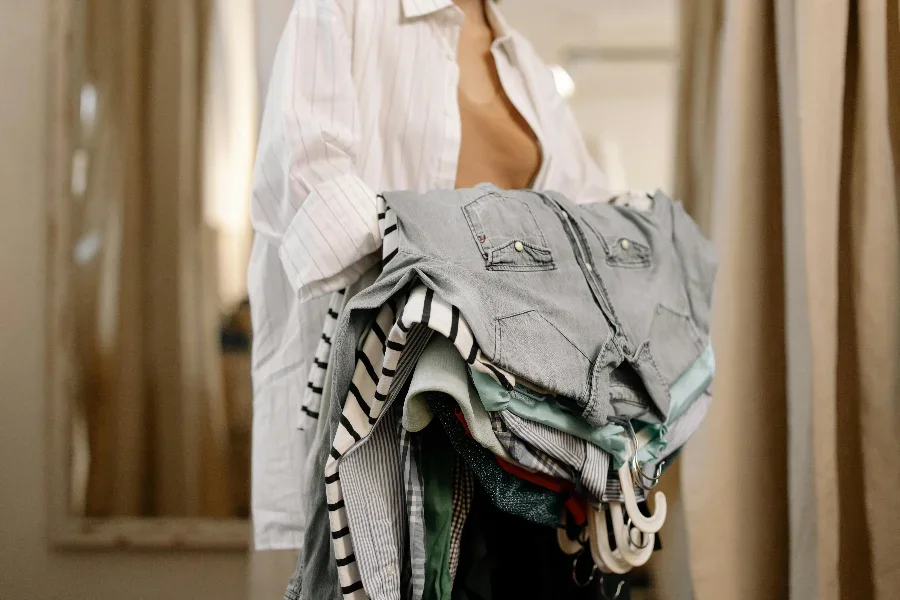
The global market for secondhand apparel is on a robust growth trajectory. According to a report by Research and Markets, the market is projected to grow from $179.8 billion in 2023 to $430.8 billion by 2030, at a compound annual growth rate (CAGR) of 13.3%. This growth is fueled by increasing consumer demand for sustainable and ethical fashion options, as awareness of the environmental and social impacts of fast fashion continues to rise.
The United States, home to the largest clothing market in the world, is also the leading exporter of used clothing. In 2022, secondhand apparel accounted for approximately 12% of the total apparel market in the U.S., a significant increase from 5.3% five years earlier. By 2027, this market share is expected to exceed one quarter, reflecting a growing consumer preference for secondhand clothing (reported by Statista).
Europe is another significant player in the used clothing market. In 2021, the value of Europe’s garment import industry increased by 13.1%, amounting to €144.5 billion ($157.70 billion), underscoring the escalating demand for textiles and clothing (according to the Centre for the Promotion of Imports from developing countries).
Key players in the market include major online platforms like eBay, which boasts a brand awareness of 92% among second-hand apparel online shop users. Specialist fashion resale platforms such as The RealReal generated over $600 million in revenue in the financial year 2022, highlighting the profitability and consumer interest in this sector (reported by Statista).
Future trends in the used clothing market indicate a continued rise in resale platforms, the emergence of clothing rental and subscription services, and the expanding retail apparel industry. These trends are expected to drive significant demand in the market over the next few years (according to Research and Markets).
Benefits of Shopping at Used Clothing Stores
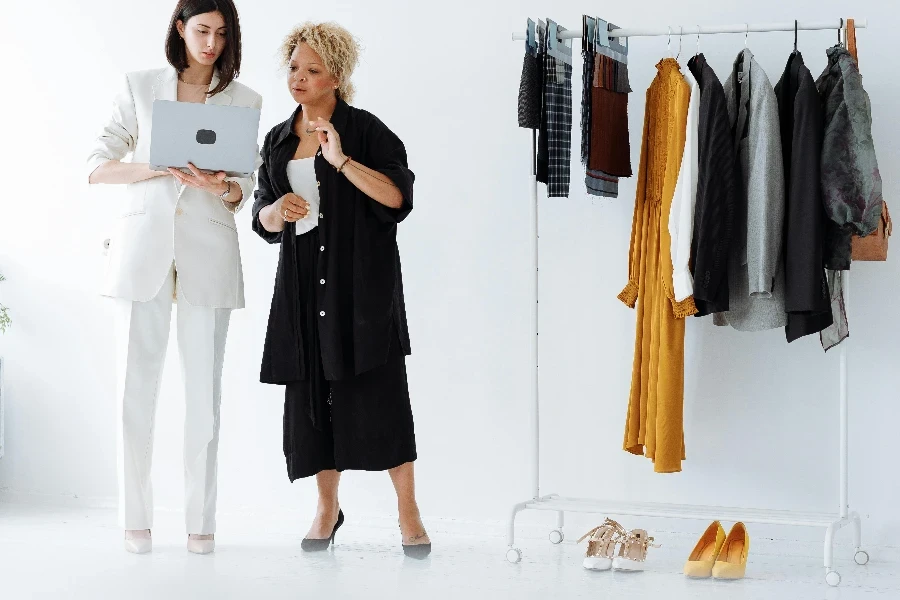
Cost Savings
One of the most compelling reasons to shop at used clothing stores is the significant cost savings. With the rising costs of new clothing, many consumers are turning to secondhand options to stretch their budgets further. For instance, a high-quality designer dress that might retail for several hundred dollars can often be found in a used clothing store for a fraction of the price. This affordability allows consumers to purchase more items or invest in higher-quality pieces than they could otherwise afford. According to market insights, 60% of consumers believe that buying secondhand clothing is the most cost-effective option, and 55% would increase their spending on secondhand clothing if their economic situation does not improve. This trend is particularly evident among younger generations who are more budget-conscious and value-driven in their purchasing decisions.
Environmental Impact
Shopping at used clothing stores also has a positive environmental impact. The fashion industry is one of the largest polluters globally, with significant waste generated from the production and disposal of clothing. By purchasing secondhand items, consumers can help reduce the demand for new clothing production, thereby decreasing the associated environmental footprint. For example, the production of a single cotton T-shirt requires approximately 2,700 liters of water, which is enough for one person to drink for 900 days. By opting for secondhand clothing, consumers can help conserve these valuable resources. Additionally, secondhand shopping helps to keep clothing out of landfills, reducing the amount of textile waste. This practice aligns with the growing trend of sustainability and environmental consciousness among consumers, particularly in regions like North America and Europe, where eco-consciousness is driving market growth.
Unique Fashion Finds
Another benefit of shopping at used clothing stores is the opportunity to find unique fashion items that are not available in mainstream retail stores. Vintage and retro styles have seen a resurgence in popularity, with many consumers seeking out distinctive pieces that reflect their personal style. For instance, brands like The Wolves Workshop and Kartik Research are known for their unique designs that blend traditional craftsmanship with contemporary fashion. These brands often produce garments in limited quantities, making them highly sought after in the secondhand market. Additionally, second hand stores often carry a wide range of designer brands at more affordable prices, allowing consumers to access high-end fashion without the hefty price tag. This trend is particularly appealing to fashion-forward individuals who want to stand out from the crowd with one-of-a-kind pieces.
How to Start a Used Clothing Store
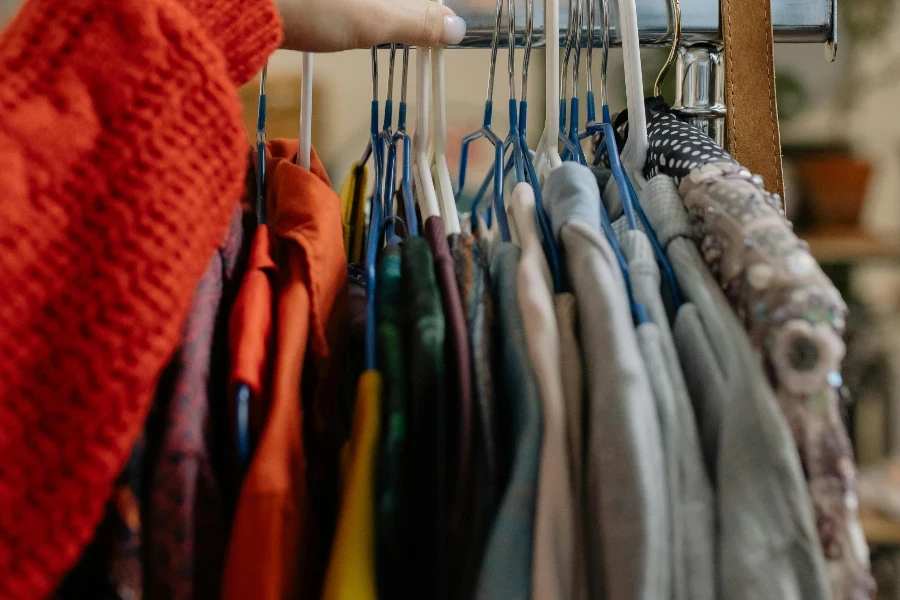
Sourcing Inventory
Sourcing inventory is a critical step in starting a used clothing store. There are several ways to acquire secondhand clothing, including purchasing from wholesalers, attending estate sales, and partnering with local charities. Wholesalers like Paipai Second-hand offer bulk purchasing options that can help stock your store with a variety of items. Estate sales are another excellent source of high-quality, gently used clothing, often including designer pieces. Additionally, partnering with local charities can provide a steady stream of donated items, which can be sold in your store. It’s essential to carefully inspect each item for quality and condition to ensure that your inventory meets the standards of your target market.
Setting Up Your Store
Setting up your used clothing store involves several key steps, including selecting a location, designing the store layout, and creating an inviting atmosphere. Choosing the right location is crucial for attracting foot traffic and ensuring the success of your business. Look for areas with high visibility and accessibility, such as busy shopping districts or near college campuses. Once you have secured a location, focus on designing a store layout that is both functional and aesthetically pleasing. Organize clothing by category, size, and style to make it easy for customers to find what they are looking for. Creating an inviting atmosphere with attractive displays, good lighting, and comfortable fitting rooms can enhance the shopping experience and encourage repeat business.
Marketing Strategies
Effective marketing strategies are essential for attracting customers to used clothing stores. Social media platforms like Instagram and Facebook are crucial to showcase unique inventory and engage with potential customers. Posting high-quality photos of best items, along with styling tips and fashion inspiration, can help build a loyal following. Collaborating with local influencers and fashion bloggers can also increase the store’s visibility and attract new customers. Additionally, consider hosting events such as pop-up shops, fashion shows, clothing swaps, or seasonal promotions to generate buzz and drive traffic to the store. Finally, a user-friendly website and an e-commerce platform can contribute to reach a broader audience and accommodate the growing trend of online shopping for secondhand clothing.
Trends in the Used Clothing Market
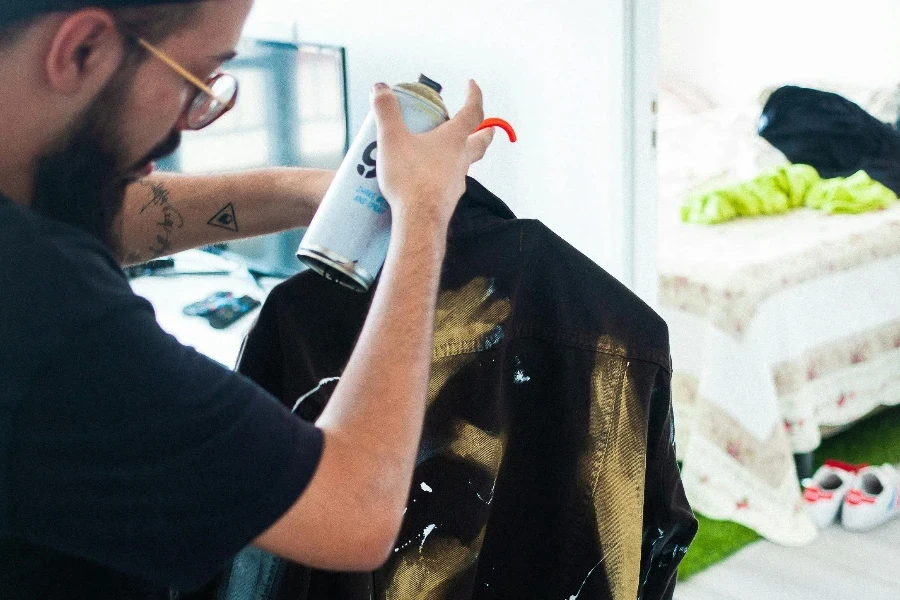
The used clothing market has seen significant growth and transformation in recent years, driven by various trends that reflect changing consumer preferences and societal values. Here, we explore three key trends shaping the used clothing market: online marketplaces, sustainable fashion, and vintage and retro styles.
Online Marketplaces
The rise of online marketplaces has revolutionized the used clothing market, making it more accessible and convenient for consumers. Platforms like Depop, Poshmark, and ThredUp have become popular destinations for buying and selling secondhand clothing. These platforms offer a wide range of options, from high-end designer pieces to everyday wear, catering to diverse consumer needs.
Online marketplaces have also facilitated the growth of peer-to-peer transactions, allowing individuals to sell their pre-loved items directly to other consumers. This trend has been particularly popular among younger generations, who are more comfortable with digital transactions and value the convenience of shopping from their devices.
Moreover, the integration of social media features into these platforms has created a sense of community among users. Buyers and sellers can follow each other, share their favorite finds, and even collaborate on fashion projects. This social aspect has further fueled the popularity of online marketplaces, making them a central hub for the used clothing market.
Sustainable Fashion
Consumers are increasingly aware of the environmental impact of fast fashion and are seeking more sustainable alternatives. Brands and retailers are also recognizing the importance of sustainability and are incorporating secondhand options into their business models. For instance, companies like Patagonia and Levi’s have launched their own resale programs, allowing customers to trade in their old items for store credit. This not only promotes a circular economy but also strengthens brand loyalty by offering customers a sustainable shopping option.
Additionally, the concept of “slow fashion” is gaining traction, encouraging consumers to invest in high-quality, timeless pieces that can be worn for years. This shift towards sustainable fashion is reflected in the growing popularity of secondhand clothing, as consumers look for ways to make more conscious and ethical fashion choices.
Vintage and Retro Styles
Vintage and retro styles have always had a certain allure, but they have seen a resurgence in recent years. The nostalgia for past decades, coupled with the desire for unique and one-of-a-kind pieces, has made vintage clothing highly sought after. From 90s grunge to 70s bohemian, vintage fashion offers a wide range of styles that appeal to different tastes and preferences.
The return of indie sleaze, a trend characterized by a mix of grunge, punk, and DIY aesthetics, has also contributed to the popularity of vintage clothing. Brands like J.Crew, Marks & Spencer, and Mango have increased their intake of flannel shirts, denim truckers, and collared wool overcoats, reflecting the influence of this trend on mainstream fashion.
Moreover, vintage clothing often comes with a sense of history and craftsmanship that is hard to find in modern fast fashion. Each piece tells a story, whether it’s a hand-embroidered jacket from the 60s or a pair of perfectly worn-in jeans from the 80s. This connection to the past adds a layer of authenticity and charm to vintage clothing, making it a favorite among fashion enthusiasts.
Conclusion
The used clothing market is thriving, driven by the rise of online marketplaces, the growing emphasis on sustainable fashion, and the enduring appeal of vintage and retro styles. As consumers become more conscious of their environmental impact and seek unique, high-quality pieces, the demand for secondhand clothing is set to continue its upward trajectory.
For businesses, this presents an opportunity to tap into a rapidly growing market by offering secondhand options and promoting sustainable practices. For consumers, it means access to a wider range of affordable, stylish, and eco-friendly clothing choices.
In a world where fashion trends come and go, the used clothing market stands as a testament to the timeless appeal of quality and sustainability. By embracing secondhand fashion, we can all play a part in creating a more sustainable and stylish future.
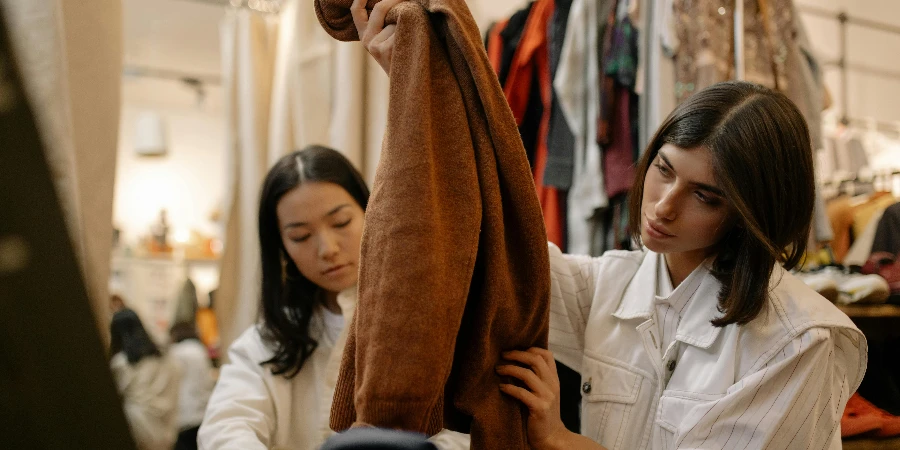




 Afrikaans
Afrikaans አማርኛ
አማርኛ العربية
العربية বাংলা
বাংলা Nederlands
Nederlands English
English Français
Français Deutsch
Deutsch हिन्दी
हिन्दी Bahasa Indonesia
Bahasa Indonesia Italiano
Italiano 日本語
日本語 한국어
한국어 Bahasa Melayu
Bahasa Melayu മലയാളം
മലയാളം پښتو
پښتو فارسی
فارسی Polski
Polski Português
Português Русский
Русский Español
Español Kiswahili
Kiswahili ไทย
ไทย Türkçe
Türkçe اردو
اردو Tiếng Việt
Tiếng Việt isiXhosa
isiXhosa Zulu
Zulu